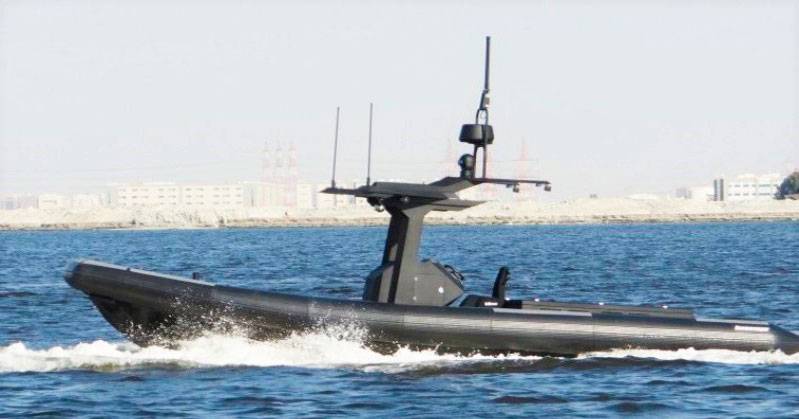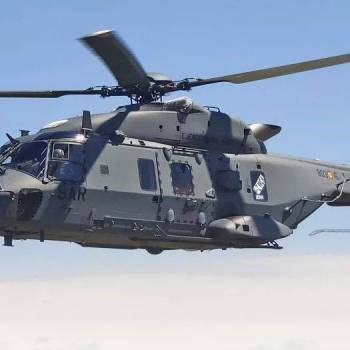
The obstacle avoidance system is being trialled on Al Seer Marine's 'Bravo' RHIB, but is platform agnostic. Source: Al Seer Marine
Abu Dhabi-based shipbuilder Al Seer Marine is developing an automatic obstacle avoidance system and is trialing the package on board an unmanned surface vessel (USV).
The work has been conducted in partnership with 5G International, a specialist in the field of marine robotics.
Aditya Nawab, a principal engineer at 5G International, said the system builds on work first undertaken to introduce such a capability for unmanned ground vehicles (UGVs), which utilized inputs from a range of sensors.
The new maritime system has been designed to work with a variety of commercial off the shelf (COTS) sensors, in part to drive down costs and enable it to be integrated on a wide range of platforms.
For the company trials, the obstacle avoidance capability has been installed on Al Seer Marine's 'Bravo' rigid hull inflatable boat-based USV and has seen the platform operate in the waters around the company's shipyard - a narrow channel that features a variety of static obstacles and frequent traffic.
According to 5G International's CEO Robert Murphy, the system will soon be trialed at sea.
The obstacle avoidance system works in collaboration with GPS waypoint-based navigation, when the system detects a potential collision it is able to halt its host vessel and/or automatically determine a course of action that will enable it to avoid the obstacle and resume its navigation track.
The first trials of the package commenced around 15 months ago, Nawab said, adding that he considers it to be at a beta stage of development. Initial work focused on a solution for navigation when communications between the USV and control elements were lost, and saw the development of a return to base function.
During a demonstration, the obstacle avoidance system successfully operated using a COTS marine radar as the only sensor input, however, it has been trialed with a stereoscopic camera and a Velodyne LIDAR - the latter providing high levels of accuracy at closer ranges.
Source: IHS Jane’s International Defence Review

Written by Patricia Ruiz
Patricia Ruiz is Environmental and Forestry Engineer and a Supply Chain Management Expert


